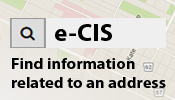A Better Bridge for Arlington
This study is now complete
Cette étude est terminée
The century old Arlington Bridge is nearing the end of its useable life and must be replaced. The City of Winnipeg (City) is working with technical experts and the public to design a new bridge that will continue to connect our communities while also meeting modern accessibility standards, providing new, and improved active transportation options and better accommodating traffic, including commuters, buses and other large vehicles. Winnipeg's population is growing – forecasted to grow by approximately 200,000 people over the next 25 years – and a better bridge for Arlington will help make it easier for all of us to get around.
- Updates
- Improvements
- Project Advisory Committee
- Documents
- FAQs
- Background
Updates
June 2019 - On June 20, 2019, Winnipeg City Council concurred in the recommendation of the Standing Policy Committee on Infrastructure Renewal and Public Works, as amended by the Executive Policy Committee, and adopted the following:
- That the Base Option bridge design be approved for the Arlington Bridge Replacement project for further consideration and prioritized amongst other major unfunded capital projects through the development of a City Infrastructure Plan.
- That the Proper Officers of the City be authorized to do all things necessary to implement the intent of the foregoing.
May 2019 - The public engagement report and summary for A Better Bridge for Arlington project are now available under the documents tab.
Feedback gathered through the public engagement process was considered within the project design. The results were considered and an administrative report with recommendations will be submitted for review at a meeting of the Standing Policy Committee on Infrastructure Renewal and Public Works (SPC-IRPW) on May 28, 2019. An executive summary of the project report, design drawings, and report on property requirements are now available under the documents tab.
The Public Service is recommending the Base Option (tub girder bridge) design for further consideration and prioritization amongst other unfunded major capital projects through the development of a City Infrastructure Plan. This is based on a significant budget requirement difference of $24.1 million between the Base Option (tub girder option) and the Enhanced Option (arch bridge). The Class 3 Estimate (-20% to +30%) for the Base Option (tub girder bridge) assuming funding approval occurs in Spring 2020 is $318.7 Million. This includes $34.6 Million in financing, assuming that the City will solely fund the project and utilize 100 percent debt financing.
As part of the decision-making and report review process, there is an opportunity for members of the public to appear as a delegation at the SPC-IRPW meeting when the report is brought forward on May 28, 2019. The meeting agenda is now available online.
Thank you for your input! Throughout the project, the City engaged with community partners and the public through an online survey, in-person events, pop-ups, meetings, and interviews to collect input on a Better Bridge for Arlington.
Watch the videos to learn more about what we heard and how the project team used community input to design the new bridge
Improvements
The preliminary design is now complete. Road improvements to Arlington Street are proposed from McDermot Avenue to Selkirk Avenue. A map of proposed improvements is now available.
Thanks to community input, some important decisions about a new bridge for Arlington have already been made. A new bridge will have a number of major improvements, such as:
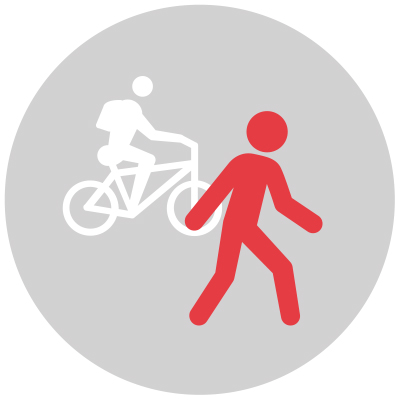
Easier walking and cycling – The existing bridge was built at an incline that makes it challenging for cyclists, people with mobility issues and parents pushing strollers to cross. The new bridge will be less steep and include protected pedestrian and cycling paths and wider sidewalks that accommodate wheelchairs and people with mobility issues, making it easier for everyone to use.
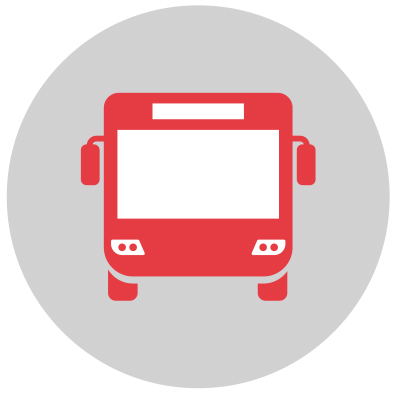
More direct transit – Transit buses are not able to use the current bridge, which means all transit routes must cross at McPhillips or Salter. A new bridge for Arlington will be able to support transit buses, and that means more direct routes to help improve transit times, especially at rush hour.

Better traffic flow – The new bridge will allow access to vehicles that do not use the existing bridge, such as commercial trucks. An additional traffic lane will help make crossing the bridge faster and more convenient, and the design process will look for further improvements to help traffic flow more smoothly.

Better emergency access – Buses and emergency vehicles cannot use the current bridge. A new bridge for Arlington will allow fire and paramedic services to travel directly over the bridge when providing services and responding to emergencies.
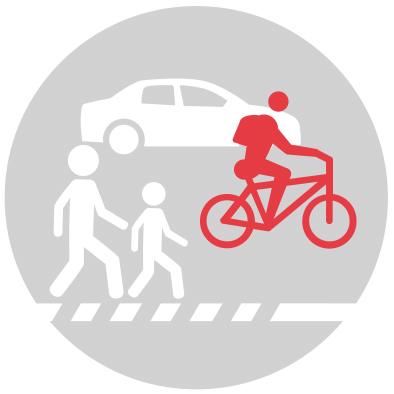
Local improvements – As part of the project, the protected bike lanes on Arlington will be connected with the current and proposed cycling network. There will also be improvements to roads, sidewalks and intersections.

Other benefits – A new bridge will help beautify the neighbourhood through the addition of new public art, and will create opportunities for future use or development of surplus land near the bridge.
Project Advisory Committee
A Project Advisory Committee (PAC) is helping ensure that local perspectives are clearly heard at all stages of this important project. Members of the committee represent a broad range of views, including community residents and businesses, children and youth, seniors, Indigenous peoples, cyclists, newcomer Canadians, people living with disabilities, as well as organizations that help support area needs.
The Project Advisory Committee has been meeting since 2014 and met regularly throughout earlier design phases to help develop the vision and goals for the project as well as provide input on how a new bridge for Arlington could help their communities thrive.
PAC members are committed community partners, having spent hundreds of hours on the project to date. PAC members will continue to work with the City to provide important input as planning for a better bridge for Arlington moves forward.
What does the Arlington Bridge mean to you?
Current representatives include:

Ken Shachtay
Access Advisory Committee, City of Winnipeg
Growing up I used the Arlington Bridge. Now, in a wheelchair, I use it too. I want to make it easier than it is now to get over 57 sets of tracks. I want to make it inclusive of any type of disability.

Mark Cohoe
Bike Winnipeg
The Arlington Bridge means providing a safe, comfortable and convenient way to bike across the tracks that will encourage more people to ride their bikes.

Wayne Wyke
Dufferin School
The Arlington bridge means providing access for everyone and connecting communities on both sides of the bridge.

Carole Frechette
Indigenous Relations Division, City of Winnipeg
The Arlington Bridge is an important connection between Winnipeg communities and an important part of our history.

Ken Kollinger
Health Sciences Centre/Winnipeg Regional Health Authority
If done right the new Arlington bridge will help us move closer to one another and learn from one another - bridging to better understanding! Born and raised in the North End, I understand the value and the opportunity this project holds to foster connectedness and instill delight.

Aaron Benarroch
King Edward Community School
A bridge will structurally and symbolically connect people to enhance social and commercial interactions in this area of our city and benefit the citizens of Winnipeg. Currently the Arlington bridge is more of a barrier than a connector and it’s time to reduce those barriers. Better bus routes, easier pedestrian and cycling access will significantly enhance access for the community and city to nearby points of interest.

Dustyne Lefurgey
Ndinawe
The Arlington Bridge means connecting our past to a brighter future.

Richard Gilbert
North End Community Renewal Corporation
The Arlington Bridge means connections - bridging the north with the south and creating one city where all are welcome.

Mike Pagtakhan
City of Winnipeg
The Arlington Bridge means keeping Winnipeg together.

Phil Chiappetta
Rossbrook House
The Arlington Bridge means bridging the divide and creating a new friendship, north and south.
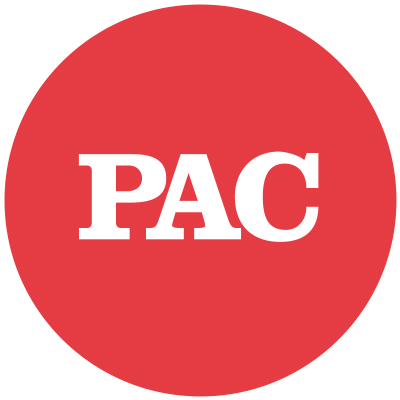
Pam McConnell
Transportation Options Network for Seniors

Tricia Wasney
Winnipeg Arts Council
The Arlington Bridge means a chance to tell the stories of the community through art.
The City and our community partners are committed to listening to all perspectives. We’ve worked together to identify other organizations or groups that are not directly represented on the committee but may nevertheless be impacted by the project and have helpful perspective or insights to share, including community indigenous, business and resident groups. We will be reaching out to these groups directly or through public engagement activities planned for this fall.
If you have suggestions for organizations or groups that we should be contacting please get in touch! You can reach us at Arlington@winnipeg.ca.
Documents
| Document Name | Date | Type |
|---|---|---|
| Preliminary design map | 2018-02-26 | Document |
| Information Session Boards | 2018-01-26 | Storyboards |
| Event poster | 2018-01-26 | Community letters |
| Public engagement report | 2019-05-22 | Report |
| Public engagement summary | 2019-05-22 | Report |
| Appendix A - Stantec Executive Summary | 2019-05-27 | Report |
| Appendix B - Drawings | 2019-05-27 | Report |
| Appendix C - Property | 2019-05-27 | Report |
Frequently Asked Questions
Construction of a new bridge would be subject to Council approval following further consideration and prioritization of the project amongst other major unfunded capital projects.
The new bridge is subject to Council approval of the project and budget. If approved, it's anticipated that the building of a new bridge would take approximately five years to complete. However, full project construction is estimated to continue for an additional year, which includes demolishing the existing bridge, railway work and landscaping.
The new bridge is subject to Council approval of the project and budget. The existing Arlington Bridge will remain open and maintained, subject to continued regular inspections. The existing bridge will be maintained as long as practical subject to available maintenance funding. However, when maintenance is no longer viable the bridge will be permanently closed. A definite time frame cannot be determined but could occur at any time.
Full or partial takings would affect 55 properties for either the Base or Enhanced options, subject to the approval of the project and budget. The Public Service would need further Council approval in the future to begin negotiations for land acquisition. Until approval occurs Property Owners retain all their existing rights and are not prevented from current or future applications to develop these lands. More information on the City's land acquisition process.
The preliminary design phase of the project is complete. If you would like to stay updated on City of Winnipeg public engagement events, follow the City on Facebook and Twitter, or sign up for the City of Winnipeg public engagement newsletter.
The Public Service is recommending the Base Option (tub girder bridge) design for further consideration and prioritization amongst other unfunded major capital projects through the development of a City Infrastructure Plan. This is based on a significant budget requirement difference of $24.1 million between the Base Option (tub girder option) and the Enhanced Option (arch bridge). The Class 3 Estimate (-20% to +30%) for the Base Option (tub girder bridge) assuming funding approval occurs in Spring 2020 is $318.7 Million. This includes $34.6 Million in financing, assuming that the City will solely fund the project and utilize 100 percent debt financing.
Background
For more than 100 years the Arlington Bridge has been an unmistakable part of Winnipeg’s skyline. Officially opened on February 5, 1912, the bridge was built to connect two important neighbourhoods separated by the CP Rail Yards – and it's still an important link for families across the city.
Today the bridge is nearing the end of its useable life and must be replaced. The City of Winnipeg (City) has been working with technical experts and the public to design a new bridge, which includes three different phases:
- Functional Design (complete June 2016)
- Preliminary Design (currently in progress)
- Construction (timing and funding to be determined)
The Functional Design was a study to choose a location for a crossing of the CPR Yards between McPhillips Street and Salter Street. Since the existing bridge is situated at the widest portion of the CPR Yards and the bridge needs to be replaced, the study was conducted to confirm what location was best to have a crossing. The study concluded it was best to replace the Arlington Street Bridge in its current location. The study also defined functional items for the replacement such as number of lanes, accommodation of cyclists and pedestrians, etc.
The preliminary design seeks to build on the work done in the functional design but challenge the outcomes to ensure the City is proceeding in the best and most efficient way. A preliminary design is required to identify and address all major issues, determine the scope of work, and produce more accurate cost estimates so the project can proceed to detailed design and construction.
As part of designing the new bridge, the City has created a Project Advisory Committee (PAC) to hear ideas and concerns from community and business groups; area schools and health care providers; housing and active transportation advocates; and citizens like you.
The PAC and the public have provided, and will continue to provide, helpful input throughout each part of the process. For additional details, please click the "Engage" or "Project Advisory Committee" tabs above.
The functional design phase is now complete
Regular PAC meetings were held throughout the functional design phase with two community workshops, the first including a tour, held in December 2014 and March 2015. Public open houses were held in September 2015 and March 2016. Online and telephone surveys were also used to gather public input.
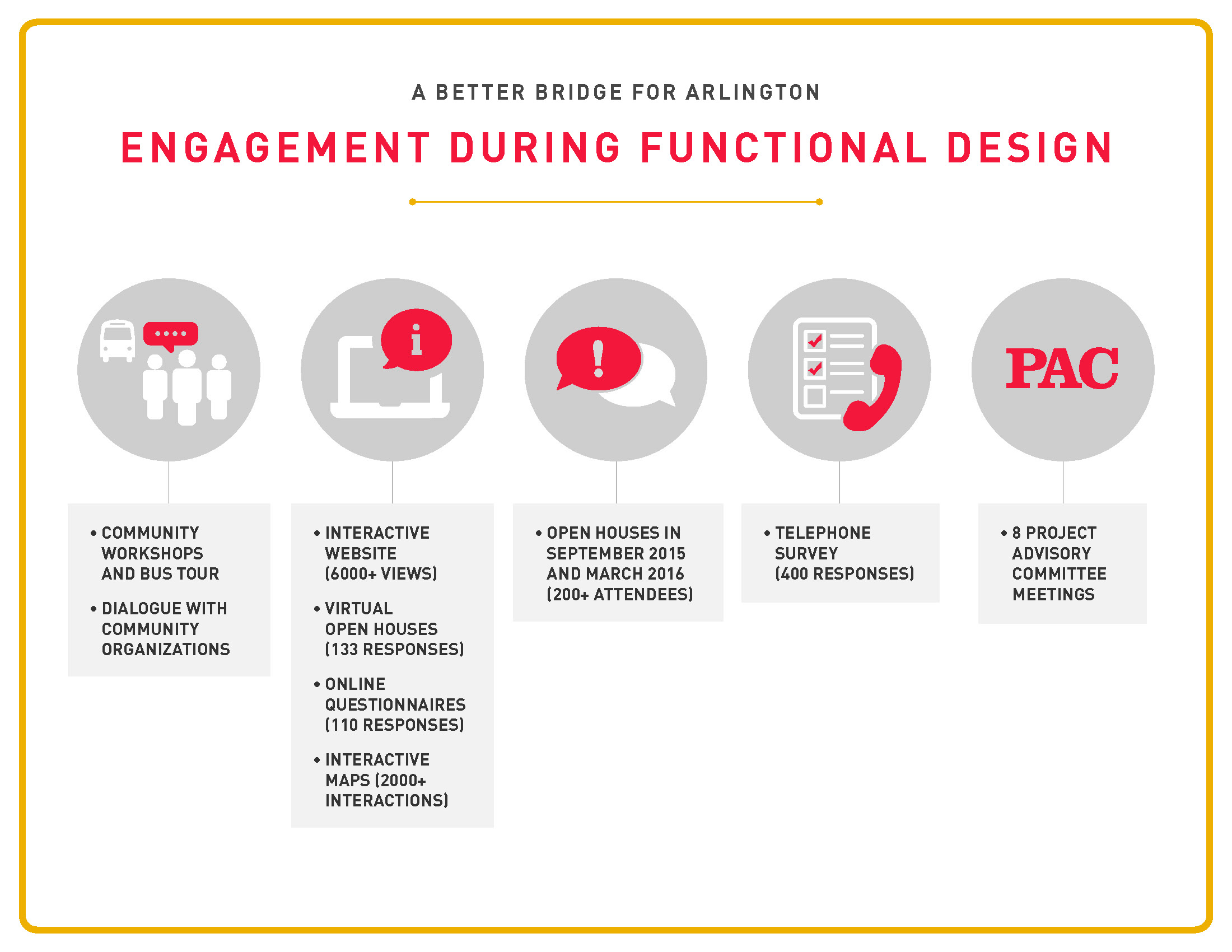
A functional design report was produced in June 2016 using input from technical experts, the Project Advisory Committee and the public. The report set out the vision and goals for the project and made recommendations about the bridge placement and design.
Vision:
A safe, convenient and well situated crossing(s) that connects the north and south communities and supports social interaction, healthy lives, economic stability and growth and well managed traffic flow, with accessible and connected transportation options for all ages and abilities.
Goals:
- To be technically sound
- To be environmentally responsible
- To be cost effective
- To reflect needs of the local community as well as the city in general
- To be generally understood and accepted by most of those affected
The functional design report reaffirms what we heard from the public – that the bridge at Arlington is a vital link that needs to be maintained. The report recommended that the bridge be designed with an additional lane to improve traffic flow and dedicated bike lanes and that, if possible, it be built alongside the existing bridge in order to minimize the time the bridge would need to be closed for construction.
To learn more about the functional design phase, including what we heard from the public, click here.
Related project links
For inquiries, or to request online materials in an alternate format, please contact Arlington@winnipeg.ca.

